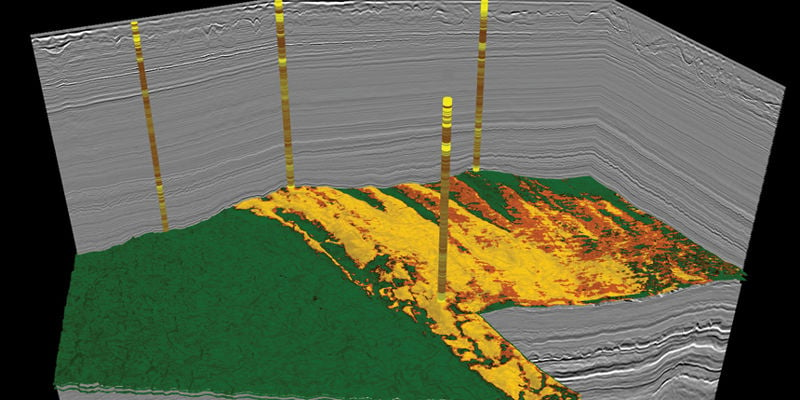- Broadband seismic data allows significant and efficient site assessment based on reliable attributes for key storage capacity parameters such as net-to-gross, porosity, and thickness.
- Deriving an automated workflow with data-driven 3D analyses to estimate risk, and the uncertainty of key features relevant to CCS, including lithology, integrity, size, geometry, and sand connectivity.
- Characterizing the capacity and containment of a carbon storage site is a vital part of a larger CCS value chain.
Characterizing the capacity and containment of a carbon storage site is a part of risk analysis in the larger CCS project value chain, to achieve sufficient confidence that the project can move into the detailed engineering and design phase.
PGS’ global MultiClient library, rich in GeoStreamer broadband data and including rockAVO atlases, is the starting point for risk assessment of carbon storage site capacity and containment.
A workflow now exists to assess both the capacity and containment of storage sites. It includes a complete G&G study, comprising seismic data conditioning, seismic interpretation, depth calibration, well-to-seismic ties, seismic inversion, as well as rock physics, and reservoir properties estimation.
The outcomes of the capacity and containment analysis and the risk evaluation are integrated in this solution, enabling rapid deployment over large areas for efficient screening of different volumes, comparison of sites and more confident site selection.
Contact a PGS expert
If you have a question related to our Imaging & Characterization services or would like to request a quotation, please get in touch.


